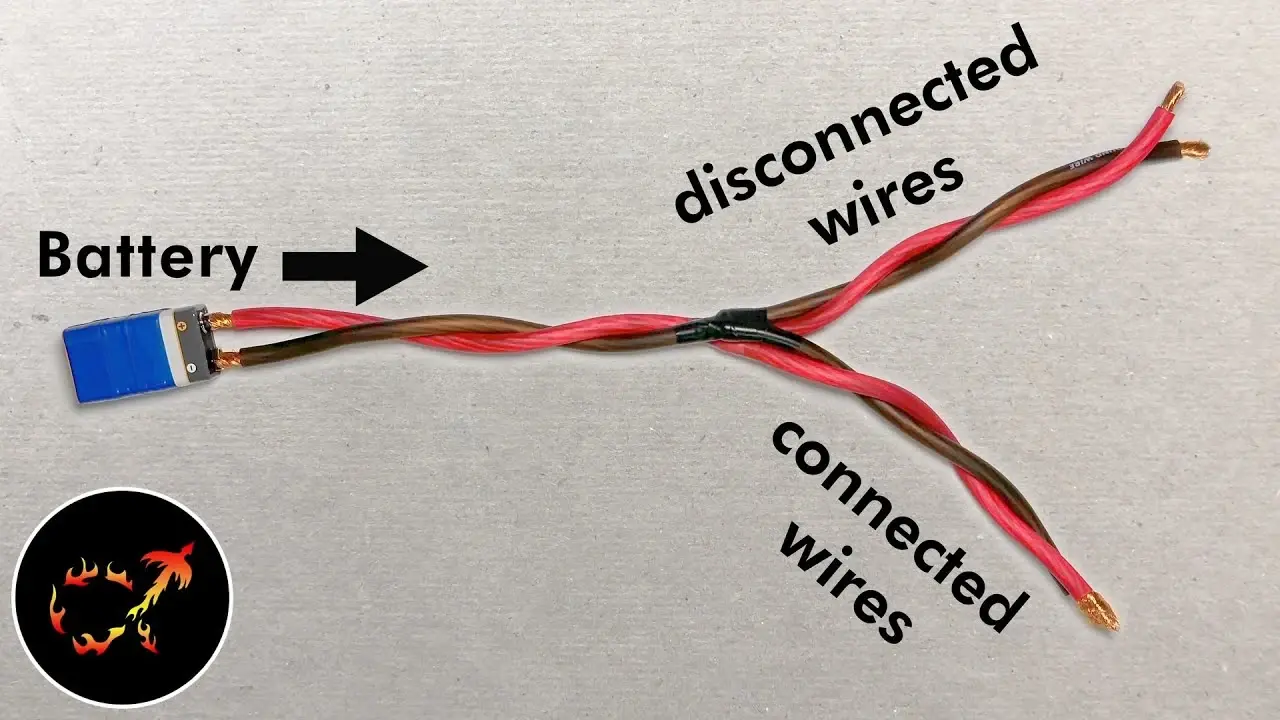- cross-posted to:
- arduino_projects_etc@lemmy.staphup.nl
In this video, I measure a wave of electricity traveling down a wire, and answer the question - how does electricity know where to go? How does “electricity” “decide” where electrons should be moving in wires, and how long does that process take? Spoiler alert - very fast!
I’ve been very excited about this project for a while - it was a lot of work to figure out a reliable way to make these measurements, but I’ve learned SO much by actually watching waves travel down wires, and I hope you do too!



Surprisingly, my guess was C too. And for some reason (which I’m trying to recollect), my mental model was almost exactly the same as in the parallel paths experiment - I was expecting the currents to ‘slosh around’. So it wasn’t a big surprise when the initial probe showed multiple steps after switching.
I guess there are multiple ideas at play here. The first is that it’s not very accurate to model current as the flow of electrons. Current is more like a wave in a sea of electrons. Meaning that though current moves at speeds approaching the speed of light, the electrons themselves are much slower. This is what makes the water channel model in the video so appropriate.
The second is about characteristic impedance. It isn’t just another impedance. It’s a point property of the transmission line. It’s also fundamentally related to wave propagation. It comes up anywhere wave propagation is involved - for example mediums that carry sound waves have acoustic characteristic impedance. An intuitive explanation of the concept…may take a few pages. I just don’t have the energy to do it now. I will just say that it’s a really really important property. It’s well worth it to go back to it, study and iron out all the misconceptions, even if it takes you hours to do it.